Grapes are traditionally considered a southern culture. But how can one refuse to grow grapes in a temperate climate? For lovers of viticulture in the northern regions, breeders have bred a cold-resistant Isabella grape variety. As it turned out, it is not only cold-resistant, but also resistant to many diseases and gives stable crops every year.
Material Content:
Isabella grapes: variety description
Isabella is not a covering tall variety, perfectly adapted for the temperate climatic zone and yielding crops from the end of September to November. It grows well even in Siberia! Isabella's vineyard can withstand frosts down to -27 degrees.
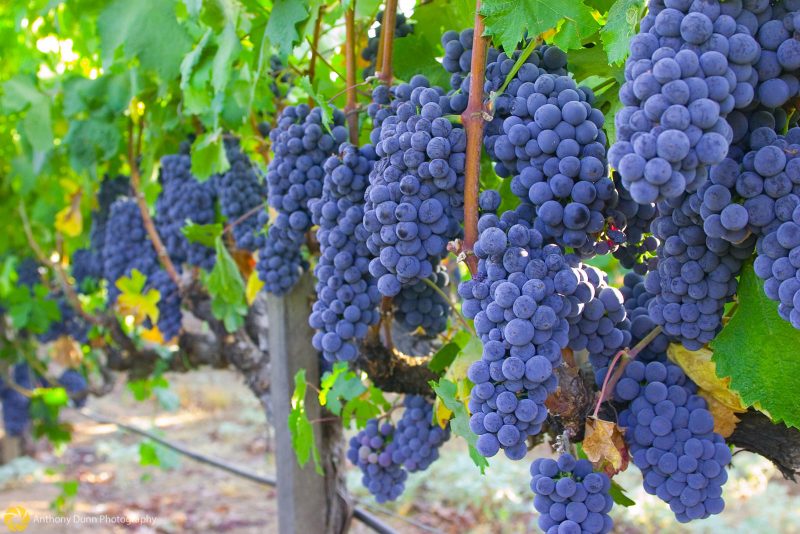
A bunch of varieties Isabella has a cylindrical-conical appearance. Dark blue berries of a small size have a regular spherical shape. The skin is thick and easily detached from the pulp. The pulp is greenish, sweet and sour, mucous, containing from 2 to 5 seeds.
The variety is resistant to many fungal diseases, easily tolerates both drought and high humidity, is able to grow on almost any soil.
Isabella stands out with its nutritional qualities. The benefits of grapes of this variety are known from the moment of its cultivation. The berries contain a large amount of vitamin C, and in the peel - antioxidants that slow down the oxidative processes in the body.
Outdoor Landing Technology
In central Russia, Isabella grapes are widely grown. Planting and care are very simple and not difficult even for beginner gardeners. In addition, the variety is very easy to propagate.

- Isabella is placed in a sunny and warm area.Lowlands, places with a close occurrence to the surface of groundwater, and marshlands are not suitable for this. The vine can be let along the fences, but the plant itself should not be planted close to them.
- Isabella is planted both in autumn and spring. All other things being equal, autumn planting in September is preferable, so that for the remaining 1-2 months before the winter cold, the roots have time to become stronger in the soil. If you perform the procedure in the spring, it is better to choose the first half of May for this, however, with an unfavorable weather forecast, the landing can be delayed for the second half of the month.
- Seedlings are usually obtained from rooted cuttings. For each of them, a pit of approximately 0.8 x 0.8 x 0.8 m is dug. A drainage layer of expanded clay, pebbles, gravel, stones or coarse sand is laid on the bottom, sprinkled with small layers of soil, then compost is added to the pit, wood ash, 200-300 grams of superphosphate. After this, the pit is covered with fertile soil, a seedling is planted in its center.
- In the future, the vine is launched either along the fence, or along special supports, which are poles located at a distance of 2-3 m from each other, connected by ropes or wire in 2-3 rows. The lower row is located at a height of 0.5 m from the ground, and the upper one - up to 1.5 m.
Important! If rooting occurred in the greenhouse or at home, then by the time of planting the stalk grows thin fragile leaves that quickly get sunburn in the open air. Therefore, it is recommended to shade the vineyard in the first 4-5 weeks until coarser leaves grow.
Isabella Grape Care in the Garden
Despite the fact that Isabella grapes tolerates drought, it gives large yields during periodic watering. In clay soils it is rarely watered, but abundantly, in sandy soils it is often but moderately. On average, in the absence of rain in the summer, it is watered every 7-10 days.

It is important to ensure that a dense cracking crust does not form on the soil surface after irrigation. For this, the ground around the trunk is recommended to mulch. As mulch, they are excellent: straw, sawdust, mowed grass, dry leaves, tops.
Isabella grapes practically do not need additional fertilizing, especially if compost and fertilizers were laid in the pit when it was planted. But if you wish, in order to increase productivity from the 2nd year after planting, you can feed him 2-4 times per season with complex fertilizers with approximately the same amount of nitrogen, phosphorus and potassium. The first time you can fertilize the vineyard in early May, and the last top dressing at the end of August.
How to form vines?
Isabella is a fast-growing bush prone to branching. Therefore, it is recommended to prune it either in late autumn, when the vine drops all the leaves, or in the spring before buds open. General rule: the vine should have 6-8 healthy shoots.
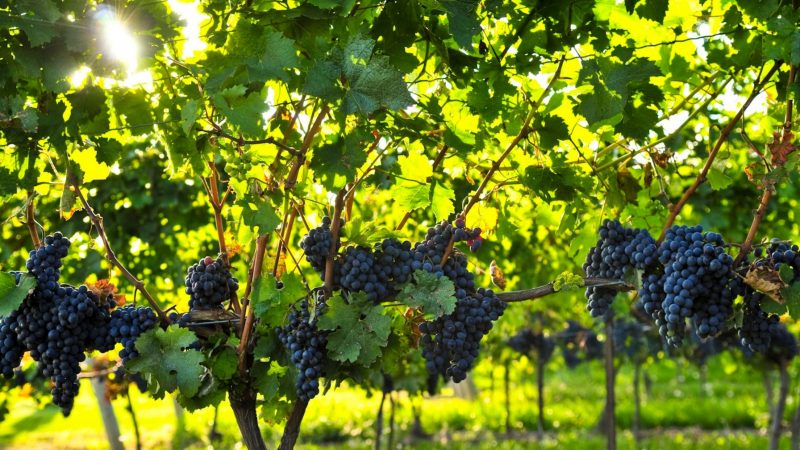
Important! Proper pruning increases yield and reduces the risk of developing fungal diseases.
Pruning and sheltering Isabella grapes in autumn
You need to perform the procedure in the interval between the end of the leaf fall and the first frosts. To do this, use a special secateurs for grapes.
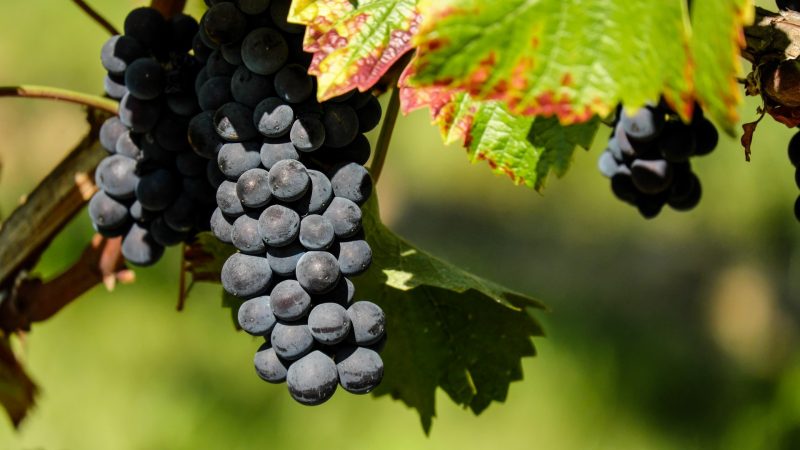
The rules for pruning grapes in autumn are quite simple:
- all non-lignified and weak shoots are removed;
- lignified branches are cut to 2/3 of the length;
- diseased and damaged branches are completely removed.
Slices are made straight and not oblique; no burrs or cracks in the crust should remain on them. If necessary, they are aligned with a sharp blade.
Pest and Disease Control
As a rule, Isabella is not exposed to fungal diseases and pest attacks. This can only happen with weakened vines, so the best disease prevention is good grape care.
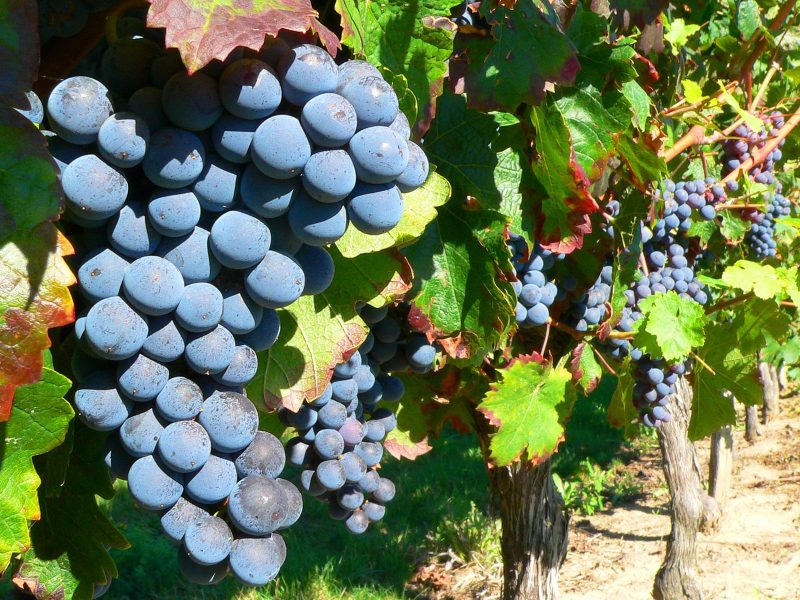
Of the fungal infections to which Isabella is vulnerable, powdery mildew and mildew (downy mildew) can be called.
Powdery mildew resembles a white powdery coating on the leaves, stems and fruits.With mildew, the leaves are covered with pale yellow spots with a white coating, which gradually grow and merge. Sometimes spots become brown or gray - this is a slightly different kind of the same disease.
Both true and downy mildew are removed with the help of fungicides, but the vineyard must be sprayed carefully, making sure that the working solution falls on each leaf and each shoot. Bordeaux fluid has proven itself well against fungal diseases. Another well-working drug is copper sulfate.
Important! For preventive purposes, 1-2 times per season can be sprayed with Fitosporin.
Of the pests of grapes, only phylloxera can be noted. This is a small but insidious insect that is easily confused with aphids. The phylloxera differs from it in lemon yellow color at about the same size. In addition, phylloxera prefers to eat juices of the root system of the vineyard, therefore it is rarely found on leaves. Unfortunately, there are no effective methods to combat this pest, so there is only one thing left: to take good care of the grapes so that it has the strength to resist infection.
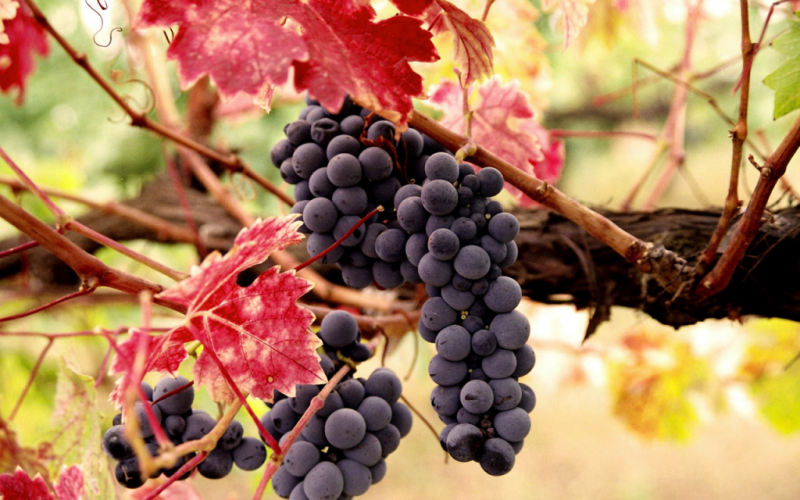
Much less often, grapes are affected by ticks, leafworms, aphids, larvae of May raspberry.
In general, Isabella grapes are extremely unpretentious in terms of cultivation. He is able to withstand even harsh winters, while maintaining the ability to bear fruit in the new season. Compliance with the elementary rules for caring for it allows you to receive annual plentiful harvests.












